Road to recovery: 55 Australian towns to visit to help after the bushfires
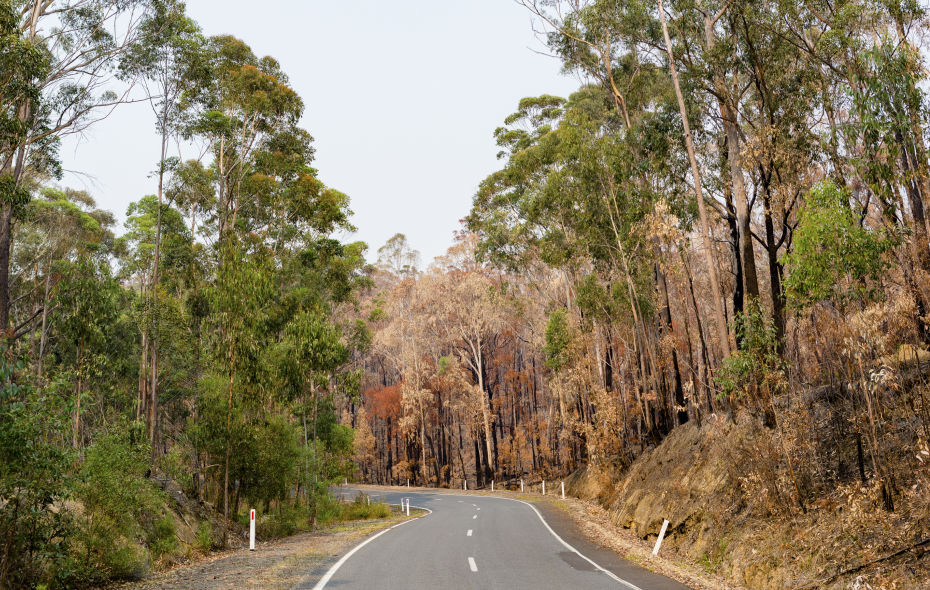
The value of communities cannot be underestimated. We know they glue people together and, in an intangible way, become a safe harbour during times of utter peril and despair.
In the aftermath of the searing fires that torched many of our most beloved towns, people are still wrestling with the notion of “how do I help?” For the fire-affected communities and the surrounding areas — some which are un-singed physically but still feeling the emptiness of visitors fleeing their region — they quite simply need us to visit.
We’ve pulled together what we hope is a comprehensive guide to where to go, how to get there and we’ve sprinkled it with suggestions of where to hang your hat for a few nights. As Mallacoota local Jodie York says, ‘”We need you to come … that’s the best way you can help.”
So let’s get back on the road and help Australian communities rebuild. Together.
— Alice Stolz, Domain national managing editor
NSW
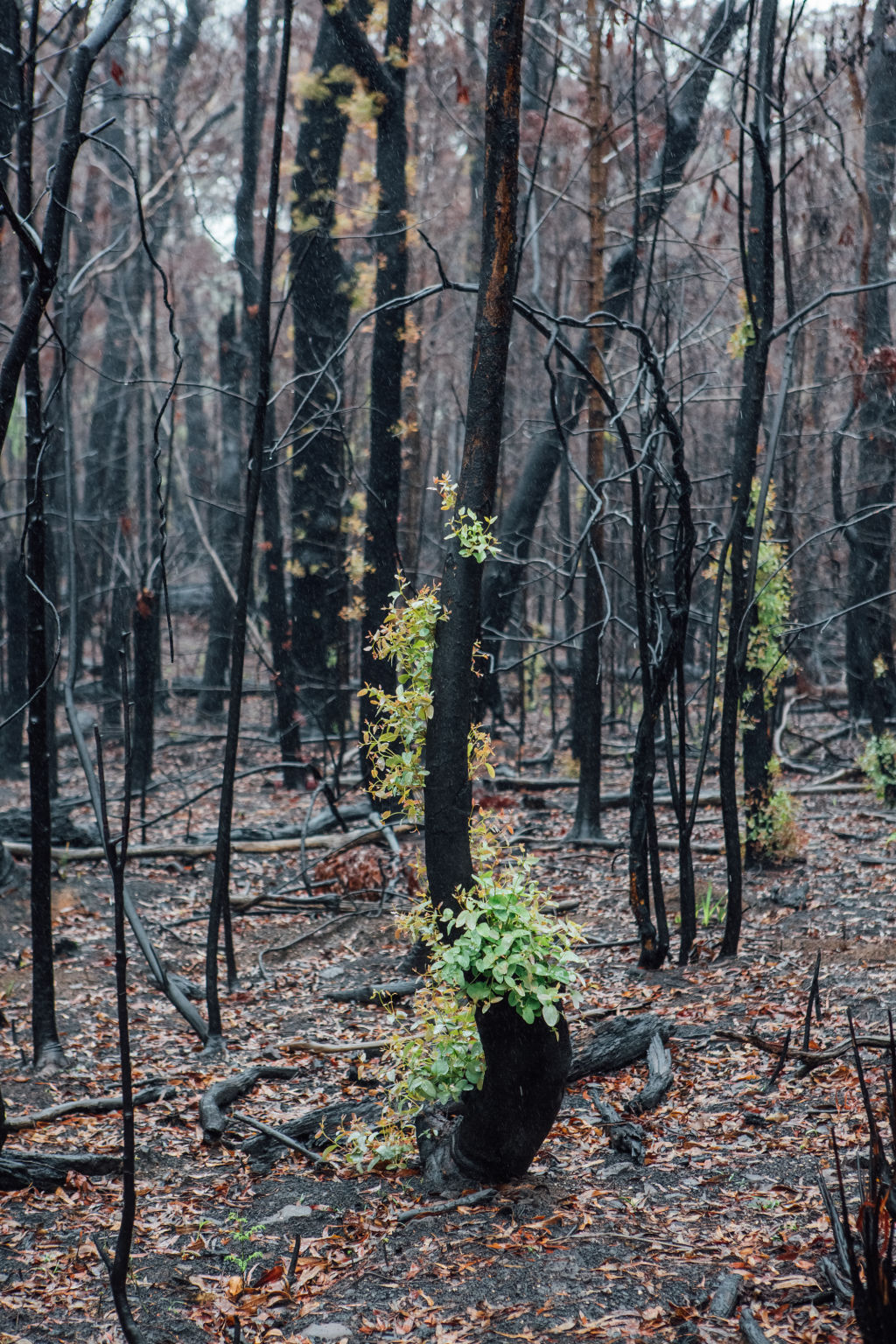
Blue Mountains
The Blue Mountains hold a special place in the hearts of Australians with its swathes of World Heritage wilderness, treasured national parks and distinctive towns.
Those along the Bells Line of Road from Bilpin through to Mount Wilson and Lithgow beyond felt the brunt of the fires but the greater mountains have also been affected with visitor numbers down in Leura, Katoomba and Blackheath.
“We need to get the message out that everything is open, you can go on bushwalks, and you can really enjoy the area,” says Leura artist and shopkeeper Kate Soady.
Read our visitor’s guide to the Blue Mountains.
Southern Highlands
The Southern Highlands are known for rolling green hills, historical towns and as a perfect place for a weekend escape or complete tree change.
As the highlands’ high seasons of autumn and winter approaches, now is the time to plan a visit to the stunning area as it recovers both directly and indirectly from the fires.
“We’re already seeing a spring in the step of visitors after some cooler days and some rain,” says Bowral small business owner Maureen Gardner.
“If you come and visit the highlands today you could go to any one of the villages and they all look spectacular.”
Read our visitor’s guide to the Southern Highlands.
Shoalhaven
The towns and villages of the Shoalhaven have a well-earned reputation as a magnet for holidaymakers wanting to unplug from the stresses of big city life.
It’s hard to choose where to start, from the sparkling beaches to the shops, cafes, pubs, restaurants, adventure sports and cellar doors.
While some towns and much of the bushland are in recovery mode after the devastating Currowan fire, most towns escaped direct damage.
“Recovery is a long game and we need our visitors back more than ever,” says Rob Crow, chair of the Shoalhaven Tourism Advisory Group.
Read our visitor’s guide to the Shoalhaven.
Far South Coast
They call it the Sapphire Coast for a reason – water beyond as far as the eye can see and sunlight dancing across crystal-clear blue seas.
This treasure on the NSW’s southern tip is one of Australia’s best spots for whale watching and appreciating the vast beaches of white sands stretching up to the Eurobodalla region, the heart of Australia’s Oyster Coast.
In the first days of the new year, tourists were told to evacuate the South Coast via Batemans Bay – now they’re being asked to return and communities are waiting to embrace you like a local. You’ll find plenty of things to see and do including surfing, snorkelling, kayaking and fishing.
Read our visitor’s guide to the Far South Coast.
Snowy Region
The NSW Snowy Mountains is one of the most beautiful regions in the nation.
But days into the new decade, two fires on the borders of NSW and Victoria created a 600,000-hectare blaze in the south of the Snowy Mountains.
Despite this, the region braved the conditions and made it through. While visitors usually flock from afar in winter to witness the nation’s highest peaks in all their white glory, the mountain lifestyle can be enjoyed year-round.
When the snow melts, pristine waters flow into streams and rivers, and you can see the best views of the Snowies from the top of Mount Kosciuszko by chairlift, mountain bike or hike.
Read our visitor’s guide to the Snowy Region.
Victoria
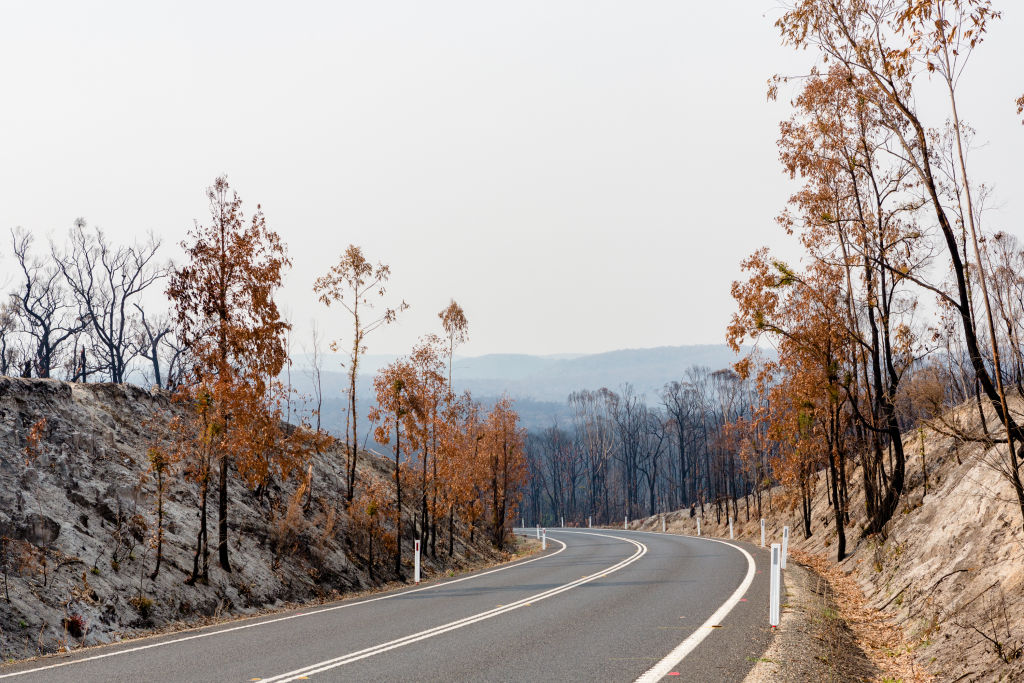
East Gippsland
Sweeping the south-easterly pocket of mainland Australia, Gippsland – famous for producing AFL footballers and powering the state – has natural wonders and culinary attractions aplenty.
“East and Central Gippsland tourism businesses have been hit hard by the effects of the bushfires,” CEO of Destination Gippsland Terry Robinson says.
“We are hoping people will use events as a motivator to travel – buy local produce, shop at the bakery, butcher, supermarket and specialty stores in town and stay a night or two. All of this greatly supports the local business community and will do a lot to help the region on their road to recovery.”
Read our visitor’s guide to East Gippsland.
Alpine Region
The romance of cattlemen country has inspired poetry, books and cinema. Whether visitors choose hiking or gourmet trails, breathtaking landscape is guaranteed.
Winter draws adrenaline junkies to snow-tipped peaks, and the warmer months are also a glorious time to holiday here, be it for pulse-racing outdoor adventuring or relaxing, scenic strolls.
The high country is where epic bush folklore was written and attracts sports lovers, but foodies and families will find just as much to write home about.
Tourism operators, impacted by the state of disaster declared in January, are once again welcoming business, with open doors and arms.
Read our visitor’s guide to the Alpine region.
North East
Here’s cheers to Victoria’s wine and high country, where the Hume Highway transports visitors to a heavenly slice of Australia’s own provincial little Italy.
Here, excellent food, beer and wine are held in great esteem and proudly produced by locals through generations.
This region’s King Valley is where to find “Prosecco Road” and surrounding picture-postcard towns in which to tickle the palate, learn traditional cooking, explore cellar doors and shop at gourmet stores.
Read our visitor’s guide to the North East.
ACT
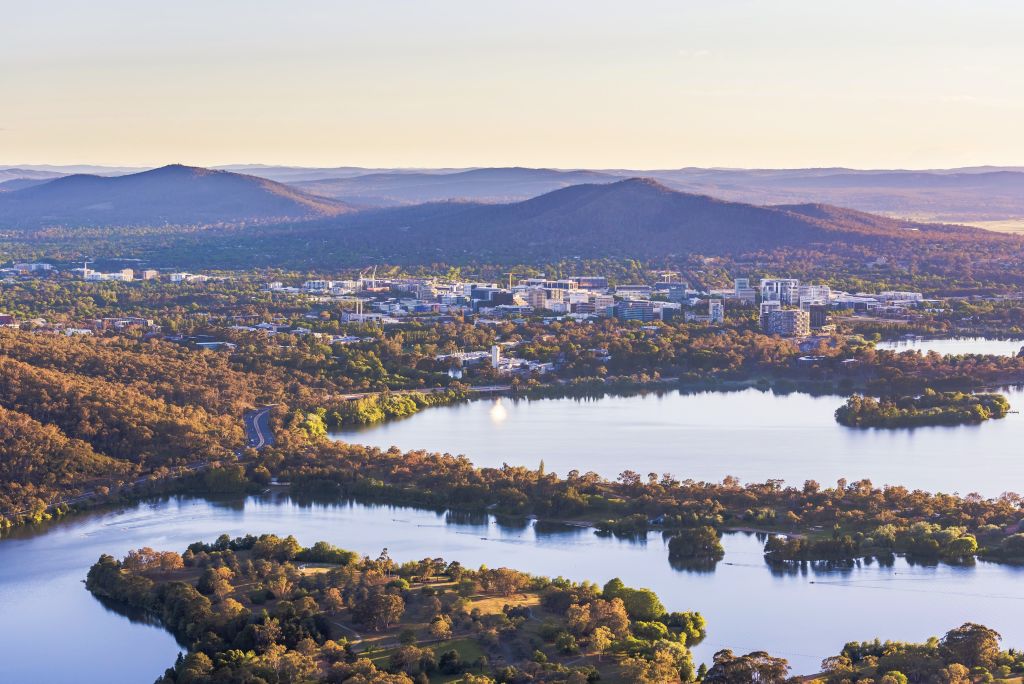
Canberra
When Canberra turned the page from 2019 to 2020, a thick blanket of smoke smothered the nation’s capital.
Despite a state of emergency being declared in the ACT for the first time since the 2003 bushfire crisis, the city has continued to forge ahead.
The past decade has seen Canberra transform into a youthful and vibrant metropolis with an ever-growing dining scene which rivals those of Sydney and Melbourne.
The secret is out, and there’s a long hit-list of bars hidden down alleyways and eclectic shops just waiting to be explored.
Read our visitor’s guide to Canberra.
South Australia
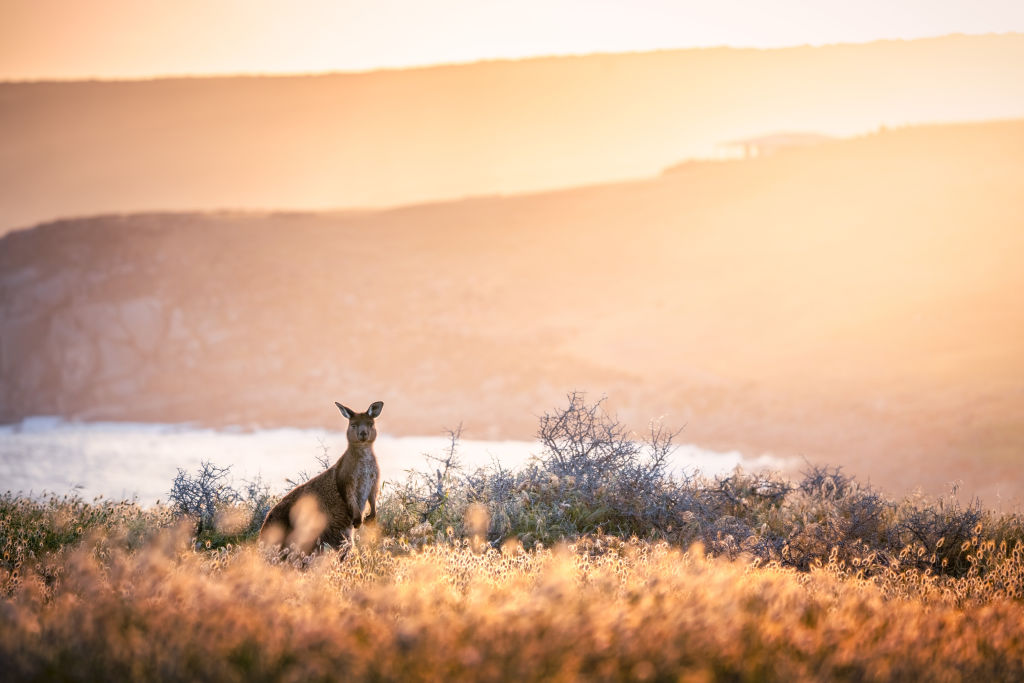
Kangaroo Island
Over a third of spectacular Kangaroo Island is enshrined for future generations in nature reserves; remote, unspoilt and so breathtaking that even superlatives from nature guru David Attenborough would struggle to suffice.
This special place, 45 minutes by ferry from Cape Jervis (a two-hour drive from Adelaide) to Penneshaw on the island, is a world-renowned natural playground, with wildlife, languid stretches of foreshore and gold-class gastronomy.
Fires ravaged almost half of Australia’s third-largest island. However, recent rains have nourished the bushland and most of the island – especially the eastern part – is open for holidaymakers.
We recommend
We thought you might like
States
Capital Cities
Capital Cities - Rentals
Popular Areas
Allhomes
More







